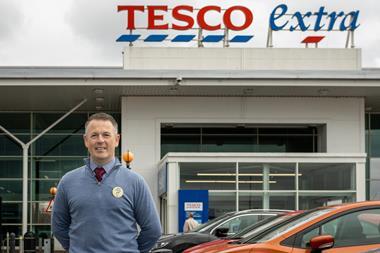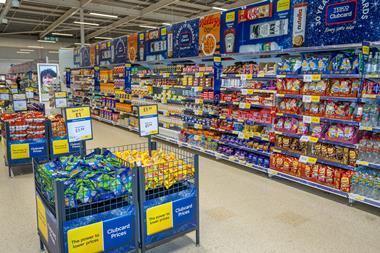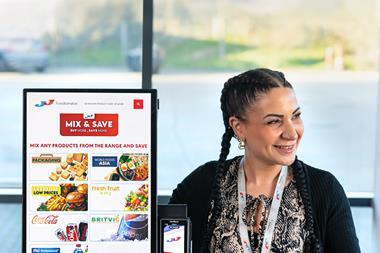The biggest advertisers in fmcg ramped up ad budgets by 11% in 2012, despite the continuing decline in overall advertising spend among both brand owners and grocery retailers, according to new figures compiled for The Grocer.
The top 100 brands spent £619m, an extra £58m, compared with 2011, according to media analysts Ebiquity.
Coca-Cola was the biggest spender, splashing out £19m - 9% more than the year before.
Mars, Kraft and Nestlé also upped ad budgets, as confectionery overtook Household for the first time to account for the highest percentage of fmcg sector ad spend.
That didn’t stop several leading brands taking the axe to ad budgets however. P&G spent 9% less than in 2011, though it was still the biggest supporter of traditional advertising.
Unilever, Reckitt Benckiser, GSK and Kellogg’s also slashed spending. Overall, the entire fmcg sector spent 5% less than in 2011.
“The reduction across the whole sector is really a reflection of the increased economic pressure felt by consumers in 2012,” said Adam Donaldson, director at marketing analytics specialists Ninah. “Achieving short-term ‘gap-closing’ measures typically results in a diversion of funds away from brand-building activity and into trade promotions. The top 100 brands will seek to take advantage of the situation by growing advertising spend to drive up the perceived value of the brands at the expense of those that cut their advertising.”
Retailers also spent less on advertising last year, with Tesco, Asda, Sainsbury’s, Morrisons, M&S and Waitrose all cutting budgets year-on-year. Total supermarket ad spend was down 7% from £424m to £395m.
Of the grocers, only Aldi increased its budget in 2012, boosting spend by 47.7% compared with 2011 - and it has enjoyed a huge spike in sales and market share in return (see below).
However, although spending levels for both brands and retailers have dwindled, the figures only relate to traditional advertising channels like TV, print, radio, cinema and outdoor. Ad spend on digital channels is soaring.
Fmcg companies commited just £64m on digital ads in 2009, but that figure rocketed by 226% to £208m in 2012. Fmcg now accounts for 16% of the £1.3bn digital market, up from 9% in 2009, making fmcg the biggest spender on digital display advertising.
“More brands are also starting to connect their above-the-line activity with digital strategies to push consumers online,” said Ebiquity head of insight Matthew Carlton.
Aldi vs Tesco
Aldi
Aldi’s multi-award winning ‘like’ ads have worked wonders. It spent £33m on advertising in 2012, up a whopping 47% on 2011. In return it’s enjoyed a huge upturn in sales, up 30% year-on-year, and earned itself a record market share of 3.4% according to Kantar Worldpanel. While its ad budget was a third of Tesco’s, relative to sales, it spent six times more on advertising.
Tesco
Tesco enjoyed sales of £42.8bn in 2012, a year in which it spent £89m on ads. That’s 17% less than in 2011 and market share has slipped from 30.9% in 2011 to 29.9% [Kantar Worldpanel]. But Tesco is fighting back, parting company with partner The Red Brick Road after seven years to hire Wieden + Kennedy, which has delivered ads echoing the humour and personality of Aldi’s.



















No comments yet